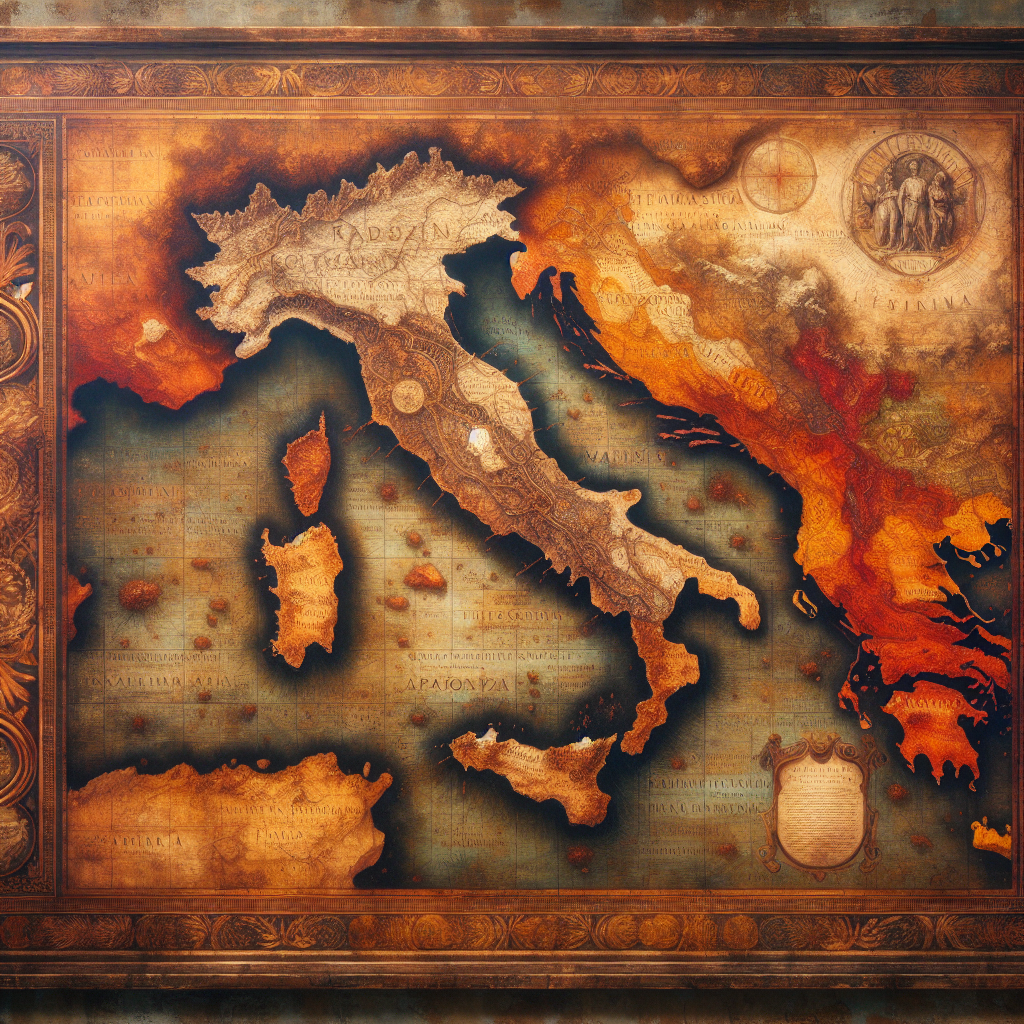
Who Existed Before the Romans? Exploring Ancient Civilizations That Shaped the First Roman Empire
When you picture ancient Rome, gladiators, senators, and grand marble forums probably come to mind. But Rome didn’t just appear overnight. Like a great tree with deep roots, the first Roman Empire grew from a rich mix of ancient civilizations that came before it. So, who were the key players before Rome took center stage? Let’s dive in.
The Etruscans: Rome’s Mysterious Neighbors
Long before Julius Caesar or Augustus became famous, the Etruscans ruled much of central Italy. Imagine a civilization wrapped in mystery—their language is still only partly understood—but their influence on Rome is clear. The Etruscans were like skilled artisans who helped shape Rome’s earliest identity.
They planned cities with well-laid-out streets, drainage systems, and grand temples, setting the blueprint for Rome’s design. Roman religion owes a lot to Etruscan rituals—the way Romans read omens, worshipped gods, and held festivals comes straight from Etruria. If you look closely at early Roman art and architecture, you’ll spot the Etruscans’ touch in detailed bronze work and colorful tomb frescoes.
This cultural gift was no small thing. The Etruscans gave Rome a foundation of civic life and religious traditions that lasted through the republic and empire.
The Greeks: Bright Lights of the South
Travel a little farther south, and you’ll find the Greeks had settled parts of the Italian peninsula too. Through colonies like Naples and Tarentum, they brought with them the great ideas and arts of the Hellenistic world. These Greek settlements were sparks, igniting new influences in early Roman culture, language, and politics.
Greek mythology, philosophy, and political models flowed into Roman life like a river feeding a larger sea. This helped shape Rome’s worldview, blending Latin and Greek ideas into a unique cultural dance. Roman sculptures, theater, and early political systems owe much to these southern neighbors.
The Greeks didn’t just share art and stories. Their knowledge of medicine, engineering, and astronomy expanded the horizons of Italy’s early peoples and helped prepare Rome for its future domination.
Italic Tribes: The Heartbeat of Pre-Roman Italy
Beyond the Etruscans and Greeks, central Italy was home to many diverse Italic tribes—each a vital part of Rome’s origins. The Latins, Sabines, and Samnites stand out as especially important.
The Latins are closely linked to Rome’s founding myth. Legend says Rome was started by Latin-speaking people led by Romulus and Remus, the famous twins raised by a she-wolf. Beyond the myth, the Latins shared language, customs, and alliances that shaped Rome’s earliest political life.
The Sabines remind us of one of history’s most dramatic tales—the 7ape of the Sabine Women.8 While the story sounds sensational, it symbolizes how tribes merged through conflict, marriage, and diplomacy. This mix helped Rome unite surrounding groups.
The fierce Samnites were Rome’s toughest early military rivals. After brutal wars, Rome learned to adapt and grow stronger, creating the disciplined legions that would later conquer much of the known world.
A Colorful Mosaic Creating Roman Identity
Early Italy was a mosaic—complex, colorful, and full of life. These civilizations didn’t just live side by side; they mixed and influenced each other deeply. Social customs, political ideas, art, and religion blended over centuries, giving birth to something new and powerful: Rome.
The first Roman Empire wasn’t a sudden event. It was a rich tapestry woven by many peoples, each leaving their mark. Understanding this helps us see Rome not just as a conqueror, but as a city built on the strengths of those who came before.

If stories like these fascinate you and you’re drawn to symbols of Rome’s legendary beginnings, there’s a beautiful tribute worth exploring: the Capitoline Wolf Enamel Pin featuring Romulus and Remus. This small piece captures Rome’s mysterious origins and the myths that bring it to life. Check it out here: https://signumstore.com/products/capitoline-wolf-enamel-pin-romulus-remus.
What the Past Teaches About Rome’s Rise
Looking back at these ancient civilizations offers more than just facts. It shows how Rome mastered the art of absorbing diverse influences and turning them into strengths. The Etruscans’ urban skills, the Greeks’ vibrant knowledge, and the Italic tribes’ toughness all helped prepare Rome’s soil for greatness.
So, next time you think about the first Roman Empire, remember it’s not just a tale of conquest and emperors. It’s a story of cultural blending—Rome shaped by those who came before, their echoes still felt in ruins and traditions that captivate us today.
With every ancient culture came a gift—a spark Rome carried forward, weaving together many voices into something enduring and extraordinary.
Who were the Etruscans and how did they influence Rome?
The Etruscans were an ancient civilization in central Italy known for their advanced urban planning, religious rituals, and art. They significantly influenced Rome’s early design, religion, and culture, laying foundations for the Roman Republic and Empire.
What role did the Greeks play in shaping early Roman culture?
Greek colonies in southern Italy introduced mythology, philosophy, arts, and political ideas to early Rome. Their advanced knowledge in medicine, engineering, and astronomy also helped expand Rome’s cultural and scientific horizons.
How did the Italic tribes contribute to Rome’s origins?
Italic tribes like the Latins, Sabines, and Samnites were crucial to Rome’s development through language, customs, alliances, and military challenges. Their integration and conflicts helped forge Rome’s political structure and military strength.

